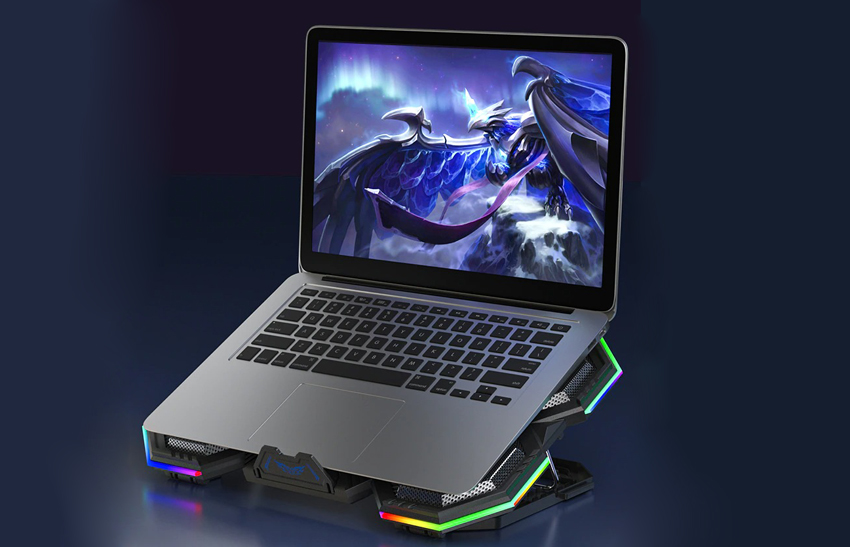Disable app permissions
We are already accustomed to the idea that we are being watched by separate mobile applications and services. But sometimes some applications on the PC, as well as browsers and computer operating systems, request extra data. Let’s figure out how to prevent programs from collecting information about you and prevent personal data leakage.
Most often, applications request access to a microphone, camera, contacts, or geolocation services if they need it to work. However, it is worth checking what permissions the applications on the PC have and deny access to them if it is not required. For example, it’s weird to deny microphone access to a video calling app, but it’s hardly necessary for some simple online game.
To disable permissions on MacOS, go to System Preferences, select Security & Privacy – Privacy and click on the lock icon in the lower left corner. Then enter your Mac password.
![]()
On the panel that opens, you will see a list of permissions: geolocation, camera, microphone, keyboard control and screen recording. Click on the desired item and view the list of applications that use this permission. To disable access to programs that do not need it to work, uncheck the box next to the application name.
In Windows 11, you can do this by going to Start – Settings – Privacy & Security.
Prevent the operating system from collecting data
The computer’s operating system also collects information: system usage patterns, application crashes, diagnostic data. But if you are concerned about this, you can prevent the collection of this information.
On MacOS, go to System Preferences – Security & Privacy – Privacy. Scroll down to Analytics & Improvements and uncheck the boxes on the right side of the panel. Also go to Apple Ads and uncheck Personalized Ads.
In Windows, go to Start – Settings – Privacy & Security and Diagnostics & Feedback. You can not only turn off diagnostics, but you can also select “Delete diagnostic data” to get rid of the information already collected.
Use Safe Browser
Some browsers are known to actively collect user information. Internet Explorer is considered the most vulnerable, while Firefox, Safari and Microsoft Edge are considered the most vulnerable.
You can download an extension like Privacy Badger or DuckDuckGo Privacy Essentials – they block cookies and special trackers. You can also enable incognito mode to prevent the browser from tracking your actions.
Use a firewall
Windows and Mac computers have a built-in firewall that monitors incoming connections. On Windows it is enabled by default, on MacOS you need to activate it: in the “System Preferences” click on the “Security” icon, go to the “Firewall” tab and select the firewall mode.
However, built-in firewalls do not monitor outbound connections. However, many applications often connect to their servers and transmit information. Third-party firewalls like LittleSnitch for MacOS or Glass Wire for Windows will help out.
